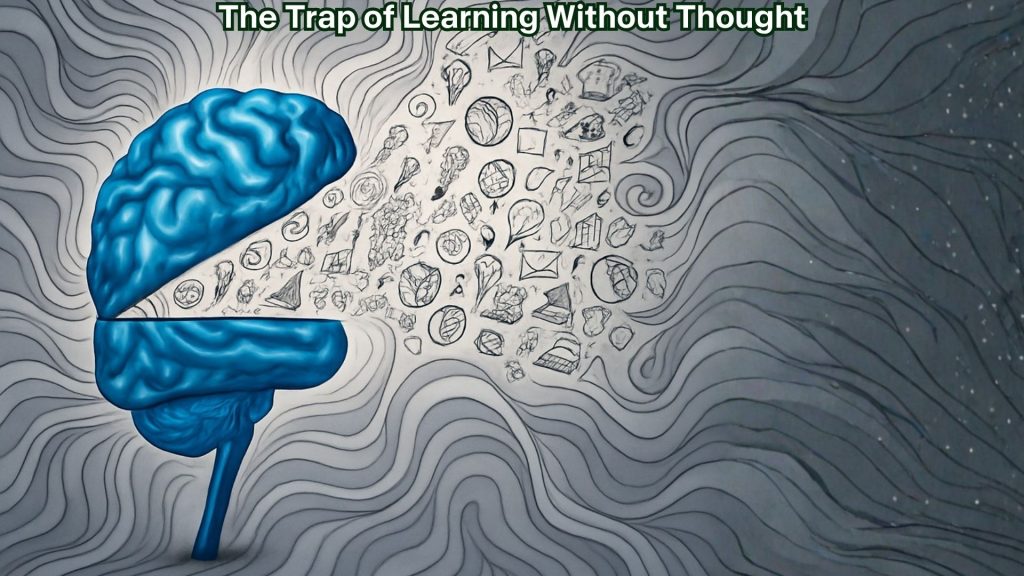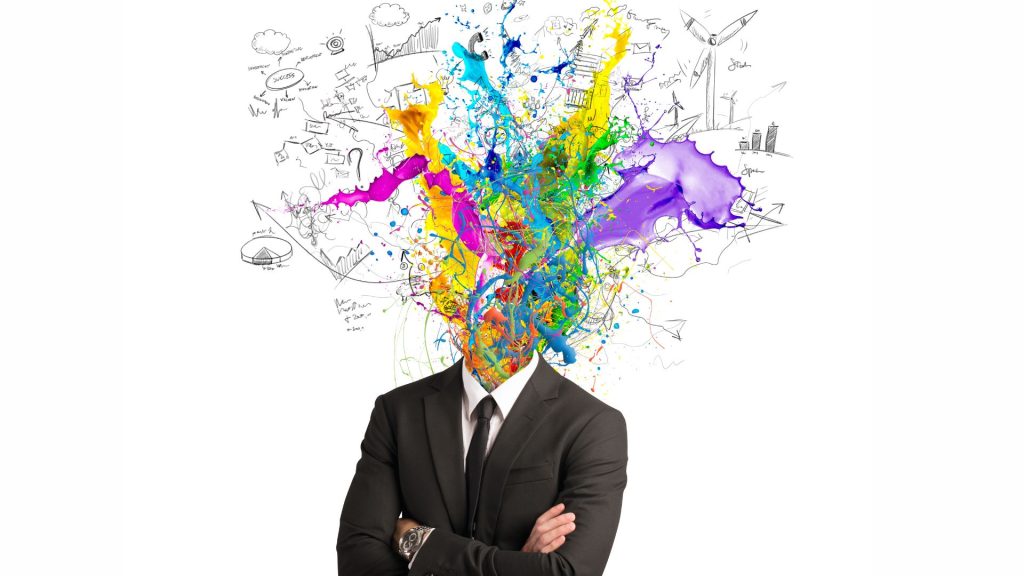Over two millennia ago, Confucius observed a fundamental truth about human progress: “Learning without thought is labor lost. Thought without learning is intellectual death.” As I reflect on this quote, I’m struck by how profoundly this ancient wisdom applies to our modern, fast-paced industry.
We live in an era of unprecedented information availability. Every day brings new case studies, white papers, technology platforms, and best practices. Industry conferences overflow with sessions on AI, blockchain, sustainability, and digital twins. LinkedIn feeds scroll endlessly with insights and innovations. Yet despite this abundance of knowledge, many supply chain organizations struggle to achieve breakthrough performance.
Why? Because they’ve fallen into one of Confucius’s two traps.
The Trap of Learning Without Thought
I’ve encountered countless teams that attend every conference, implement every trending methodology, and adopt technology after technology and didn’t see marginal results. They’re busy learning, always learning, but never pausing to think critically about what actually applies to their unique context.

This is “labor lost” in its purest form. A lean manufacturing technique that works brilliantly for automotive may be wholly inappropriate for pharmaceuticals. An inventory optimization algorithm designed for stable demand patterns can wreak havoc in a highly seasonal business. Copying Amazon’s playbook without Amazon’s scale, culture, or capital structure is a recipe for disappointment.
The antidote isn’t to stop learning but it’s to become thoughtful learners. Before implementing that new demand planning system, ask: What problem are we actually trying to solve? Does this solution address our root cause or just the symptoms? What are the second-order effects on our warehouse operations, supplier relationships, and customer service?
Real supply chain leadership means creating space for reflection. It means pilot programs before full rollouts. It means post-mortems that honestly assess what worked and what didn’t. It means the courage to abandon initiatives that aren’t delivering value, even if they’re industry darlings.
The Trap of Thought Without Learning
But the opposite trap is equally dangerous. Perhaps it is more so because it’s often disguised as expertise.
I’ve worked with senior leaders who rely solely on their decades of experience, dismissing new approaches because “we’ve always done it this way” or “I’ve seen this fail before.” They think deeply about their operations, yes, but only through the lens of yesterday’s solutions.

This is Confucius’s “intellectual death” which is a slow ossification where past success becomes future obstacle (障碍). The supply chain leader who mastered managing domestic suppliers may struggle with global sourcing complexity. The distribution expert who optimized a network of regional warehouses may be blind to direct-to-consumer opportunities. The inventory manager who perfected EOQ calculations may resist probabilistic forecasting methods.
The world doesn’t stand still. Consumer expectations evolve. Technologies mature. Regulations change. Geopolitical landscapes shift. Supply chain leaders who stop learning, who stop reading, experimenting, networking, and challenging their assumptions, will not just stagnate; they will become liabilities.
The most dangerous phrase in supply chain management is not “I don’t know.” It is “I already know.”
Finding the Balance
The path forward lies in Confucius’s implicit third way: the integration of learning and thought, each strengthening the other in a virtuous cycle.
This means building learning organizations where continuous education is paired with structured reflection. Where after-action reviews are standard practice. Where diverse perspectives are actively sought and cognitive biases are openly discussed. Where data informs decisions but doesn’t replace judgment.
In practice, this looks like:
Thoughtful experimentation. Rather than wholesale transformation, run controlled tests. Implement that new WMS in one facility first. Trial dynamic routing in a single region. Compare results not just against projections but against your deeper understanding of your business.
Cross-functional learning. Your warehouse team’s insights can transform procurement strategies. Your customer service data can revolutionize production planning. But only if there’s intentional time for these groups to learn from each other and think together about implications.
External benchmarking with internal wisdom. Study what Amazon, Walmart, and Zara do. However filter it through hard-won knowledge of your own capabilities, constraints, and competitive advantages. The goal isn’t to copy but to adapt thoughtfully.
Investing in development. Send your team to that conference, but schedule a debrief session afterward. Subscribe to industry research, but create book clubs or lunch-and-learns to discuss applications. Hire consultants for their expertise, but ensure knowledge transfer so your team can think independently after they leave.
The Leader’s Role
As supply chain leaders, our most important job isn’t to have all the answers. I believe that it’s to create conditions where learning and thought reinforce each other throughout our organizations.
This means modeling curiosity while demonstrating discernment. Celebrating intelligent failures alongside successes. Asking “What did we learn?” as often as “What did we accomplish?” Protecting time for strategic thinking even as operational demands scream for attention.
It means recognizing that in supply chain management, as in life, wisdom isn’t found at the extremes. It’s not in blind adoption of every new trend, nor in stubborn adherence to the old ways. It’s in the disciplined integration of new learning with deep thought by constantly refreshing our knowledge while refining our judgment.
Confucius understood something fundamental about human excellence: neither action without reflection nor reflection without input leads anywhere meaningful. Only their combination produces genuine progress.
In our complex, rapidly evolving supply chain landscape, this ancient wisdom has never been more relevant. The question for each of us is: Are we truly balancing learning and thought, or have we fallen into one of his two traps?
The answer will determine not just our personal success, but the future competitiveness of the organizations we lead.
